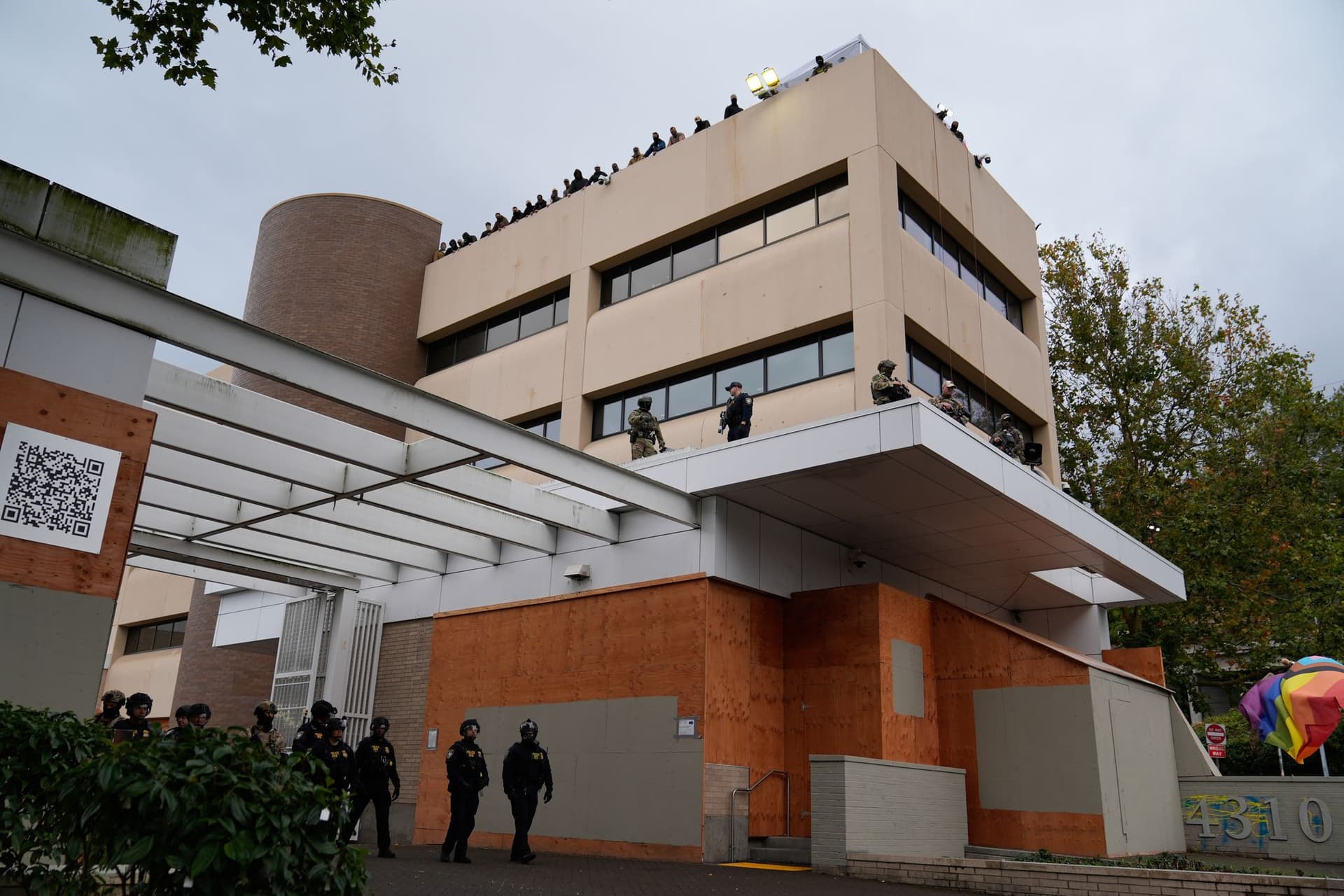Suspect Knew Last Chance U Coach Beam, Police Say, No Known Relationship
Police told CBS News that the suspect involved in a recent fatal incident was acquainted with Last Chance U coach Beam, but investigators say there was no known relationship between them. The limited confirmation raises questions about how law enforcement communicates connections between public figures and suspects, and how transparency shapes public safety perceptions.
Listen to Article
Click play to generate audio

Police investigators confirmed to CBS News that a suspect in a recent killing was known to Coach Beam of the documentary series Last Chance U, but they emphasized that there was no known relationship linking the coach to the suspect. Authorities provided the clarification as they continued an investigation into the circumstances of the death, and media outlets sought to verify why a public figure was initially connected to the case.
The announcement came amid intense attention to the case because of Coach Beam's profile from the popular sports documentary, which has drawn national viewership and made its subjects recognizable beyond their local communities. Law enforcement agencies often face pressure to disclose connections quickly when public figures are involved, but a cautious approach to confirming the nature of those connections is essential to avoid misleading the public and harming reputations.
Investigators described the information as part of an effort to map the suspect's social network and establish a motive and timeline. The distinction between knowing someone and having an ongoing relationship can be significant to establishing intent, planning, or targeting, and police officials framed their statement to limit speculation while they pursued corroborating evidence. Public records, social media associations, and witness interviews were among the standard investigative tools being used to contextualize the acquaintance, according to the reporting.
The immediate policy issue centers on transparency in police communications. When authorities release partial information, the public receives fragments that can be reassembled in misleading ways by audiences and social media. The balance between operational secrecy to protect an investigation and the public interest in clarity is a recurring challenge for municipal and county law enforcement agencies. Clear protocols for releasing information about potential associations with public figures can reduce misinformation and protect both the integrity of investigations and the privacy of uninvolved individuals.
This case also underscores broader concerns about safety for public figures who gain national attention. Coaches, athletes, and others who become prominent through media exposure can face heightened risk of unsolicited contact or misdirected hostility. Municipal leaders and institutions that host or employ such figures may need to reassess security and support measures as part of broader public safety planning.
For civic leaders and voters, the incident highlights the importance of oversight of law enforcement communications and transparency standards. Elected officials who set funding and policy for police departments must consider whether current disclosure practices effectively serve community trust and safety. Journalists and civic groups play a watchdog role by scrutinizing statements and demanding timely release of verifiable facts.
As the investigation proceeds, authorities are expected to provide additional details about the suspect, the victim, and the motive when they are substantiated. Until then, the clarification that an acquaintance did not constitute a relationship provides a limited but important correction to early reporting and a reminder of the consequences of premature inferences in high profile cases.


